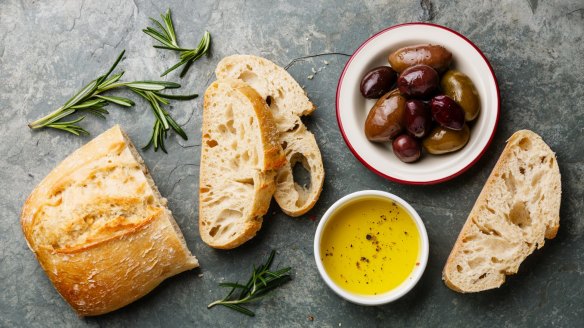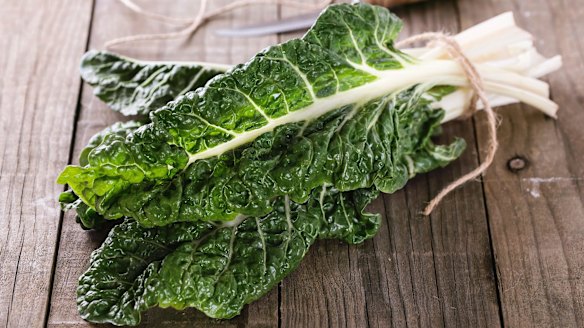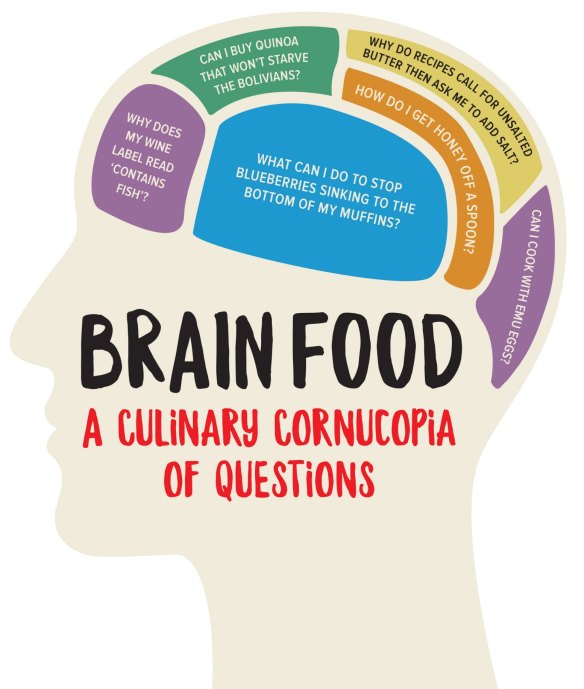Ciabatta, Italy's favourite crusty bread, isn't as traditional as you think

Updated , first published

I read on a menu "traditional ciabatta". What is "traditional" ciabatta? P. Treadgold
Traditional ciabatta is not a day older than Moving Pictures' 1982 hit single What About Me. You see, back in the 1980s, Europe was being swamped by factory-made French baguettes. The Italians, proud of their culinary patrimony, rose up against the influx of EU industrialised food and retaliated with their own rustic bread with a crunchy crust and a dry, light crumb. La ciabatta was developed in 1982 by a Veronese baker, Francesco Favaron, in conjunction with flour milling company Molini Adriesi, which developed a high protein flour to hold the shape of the extremely wet dough as it baked. The story goes that Favaron thought the new squat, squarish loaf looked like his wife's slipper, ciabatta in Italian. Assuming his wife was not a Hobbit, this part of the story may be apocryphal. But ciabatta overtook the baguette, becoming the sandwich bread for the nation and was licensed around the world by Molini Adriesi. Similar recipes were developed and ciabatta began appearing in Australia about the time Kylie Minogue left Neighbours.

What is the difference between silverbeet and Swiss chard? A. Argarwal
In the late 1990s I was the member of an underground cell called More Swiss Chard in Public Places (MSCIPP). We would "bomb" public flower beds in their seedling stage with handfuls of colourful Swiss chard, hoping to feed the poor with highly nutritious leafy greens. We were not very successful. We put this down to three things. Drought, the fact that petunias are so bloody virulent, and that MSCIPP is not a catchy acronym. Silverbeet and Swiss chard are cultivars of Beta vulgaris var. cicla and are related to sugar beet but lack its sweet, bulbous root. Chard comes from the Latin root carduus, meaning cardoon or thistle. It is also referred to as white beet, seakale beet and leaf beet in various parts of the world. Swiss chard (also known as rainbow chard) refers to the cultivar with coloured stems. The plant is originally from the Mediterranean so the Swiss part of the name is inexplicable, although British author Jane Grigson believes it was first called "Swiss" by Dutch growers.

Correspondence
Thank-you for all the letters last week, along with a solitary email containing an image of root vegetables grown into lewd shapes. On cooking cabbages without the smell, this slight digression came from K. McCasey, who wrote, "I loved eating cabbage, cauliflower and brussels sprouts, but they did not agree with my new baby that I was nursing," she remembers. "I found the solution in a copy of the Nursing Mothers newsletter. All I had to do was add half a teaspoon of sugar to the cooking water/liquid. It stopped the smell and the repercussions!" On food catching on the base of the saucepans, B. Bell echoed many others' comments with her email: "The best way to stop soup or casserole catching is to put it in the oven. Better heat distribution and control."
Send your vexing culinary conundrums to brainfood@richardcornish.com.au or tweet to @Realbrainfood.
Brain Food by Richard Cornish is out now from MUP (RRP $19.99, eBook $11.99).
Appears in these collections
More:
From our partners
Original URL: https://www.smh.com.au/goodfood/ciabatta-italys-favourite-crusty-bread-isnt-as-traditional-as-you-think-20180716-h12rdx.html